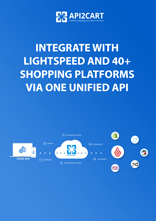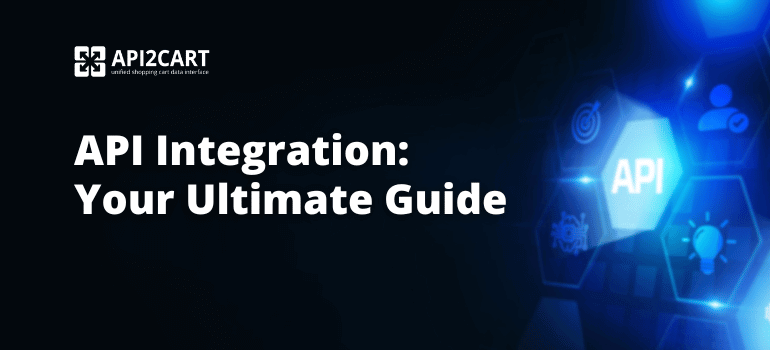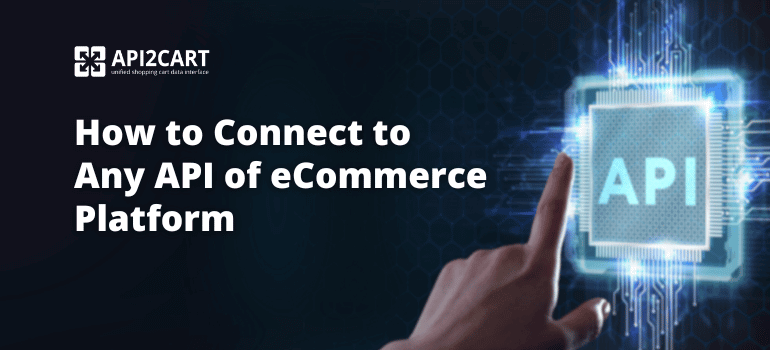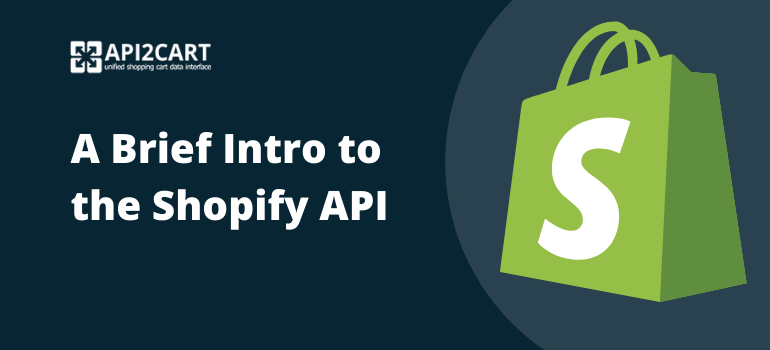
The development of connection with Lightspeed API is a must-have for eCommerce software providers who want to succeed on the market in 2022 and beyond. In this article, we’re going to dive deeper into what a Lightspeed eCommerce API integration is, how it works, and how to develop seamless integration with this platform.
Lightspeed eCommerce platform was built to provide retailers with the tools they need to focus on growth, give customers a modern shopping experience, and work more efficiently.
Currently, Lightspeed powers thousands of online stores. Moreover, it has become very popular in countries like the Netherlands, United States, Belgium, Canada and Germany. So, the development of connection with this platform can bring a possibility to expand the global presence of various software providers who work with e-retailers.
eCommerce integration has become mandatory for any eCommerce software provider who wants to take their business to new success levels. Keep reading to understand how a Lightspeed API integration can help you tremendously in the long run.
What You Should Know about Lightspeed
Lightspeed is a modern, cloud-based, all-in-one solution that features a simple yet intuitive and powerful user interface, outstanding features, and numerous integrations. Suppliers can grow their business by tapping into Lightspeed's extended retail marketplace, while retailers can grow their business by reaching more customers.
Even though this platform is fairly new, they have managed to reach an impressive 15k live sites. They have earned 6th place in the Netherlands as the most popular eCommerce platform, and are also the 9th most popular platform in Belgium.
There is no doubt that the future of Lightspeed is brighter than anyone could have guessed. However, in order to reap the benefits of this platform, you need to be able to offer your services to actual eCommerce store owners who use it. To do this, you need to implement a safe and secure Lightspeed API integration.
Lightspeed API
In simple terms, an API is an interface that connects two systems and enables them to exchange information. As an eCommerce software provider, using an API lets you request product-related data from the shopping platforms used by your target audience.
The Lightspeed API enables developers to create single shop connections and apps, making it easy for them to connect third-party services. This platform uses the REST architectural style, which makes it super smooth to send requests and receive responses.
REST is often used instead of SOAP, as the former uses less bandwidth and is thus more appropriate for the world’s comprehensive web services. REST uses HTTP protocol to fetch data or carry out operations in several data formats (like XML and JSON) and allows for quicker processes.
The REST architectural style defines the structure of an API. Developers follow a specific set of rules when designing an API. For instance, one rule states that all resources should be linked to with a URL and that accessing that resource should return some information.
A URL is called a request, whereas the data returned is known as a response.
A REST API uses HTTP methods such as GET, PUT, POST, and DELETE. These requests are used to modify data (such as an object or file) or create it.
Using Lightspeed API and HTTP request methods like GET, POST, PUT and DELETE, it is possible to retrieve, create, modify and delete data from the Lightspeed stores.
Developing integration with Lightspeed REST API involves connecting your system with Lightspeed to gain access to products, orders, shipping information, and any other type of data required by you to run your business and offer your services to your Lightspeed sellers.
Lightspeed Integration Issues
Each individual platform, including Lightspeed, has its own specific logic and architecture. Since each integration is bespoke, there may be some integration difficulties. Let's take a closer look at the specific Lightspeed API integration issues you should expect when trying to connect your system to this platform:
- Huge technical complexity: manual integration with Lightspeed requires a high level of programming knowledge, coupled with certain skills that only experienced developers have acquired. Such experts are more expensive than their weight in gold, and they are extremely hard to find. Finding a highly skilled Lightspeed integration expert could prove to be quite a difficult task, especially as this platform is still quite new.
- Quite a time-consuming task: working out a single integration can take weeks, if not more. The amount of work involved can be overwhelming, especially for small teams with only two people. Developers must learn the logic and architecture of the platform, especially if they've never done integration with Lightspeed before. This means additional time and testing.
- Extremely expensive: a single integration can cost over $10,000. Add in maintenance costs and upgrades, and you're looking at over $20,000 for a single integration. For most eCommerce businesses out there who want to integrate their platforms with more than one shopping cart solution, this cost is way too high.
- Continuous update and maintenance: a Lightspeed eCommerce API integration is a fairly complex task that requires constant testing, feedback, and improvement. At least one member of your development team needs to take care of the maintenance aspect to ensure that new integrations don't mess up the existing architecture.
How to Develop the Connection with Lightspeed?

Lightspeed Integration Development
Explore how Lightspeed integration can help your eCommerce software become more competitive.
As you can notice, just a single integration can give you a huge amount of stress and countless headaches. Just imagine scaling it up and trying to integrate your eCommerce business with 4-5 shopping platforms. The great news is that you don’t have to go so far. You can now develop a secure, reliable connection with Lightspeed using a simple service called API2Cart.
API2Cart is a unified shopping cart data interface that works by connecting your software or app with the APIs of over 40 shopping carts platforms. Instead of performing manual integrations with each and every platform, you can now connect your system with the most important eCommerce solutions at once. This includes API integration with Lightspeed.

API2Cart allows you to avoid all the integration challenges with the Lightspeed API. Our service has numerous integration methods that enable you to pull out specific data from this platform.
API2Cart uses Lightspeed data that powers apps and software of various kinds, including shipping management software, analytics software, order fulfillment solutions, and repricing solutions. API2Cart provides the following API methods that you can use for managing Lightspeed data:
- for working with cart: cart.create, cart.list, cart.validate
- for working with products: product.list, product.info, product.count
- for working with orders: order.list, order.count, order.info
- for working with shipments: order.shipment.list, order.shipment.tracking.add
You can get more info about each of the methods in API2Cart API Docs.
Conclusion
Connecting to the Lightspeed API is a must for any eCommerce business looking to grow and scale in 2021 and beyond. API2Cart can help you overcome any integration challenges and maintain a solid connection with Lightspeed and 40+ other shopping platforms.
Contact us now to learn more about our service. Or try API2Cart now for free for 30 days and see how much your business can grow with us by your side.



